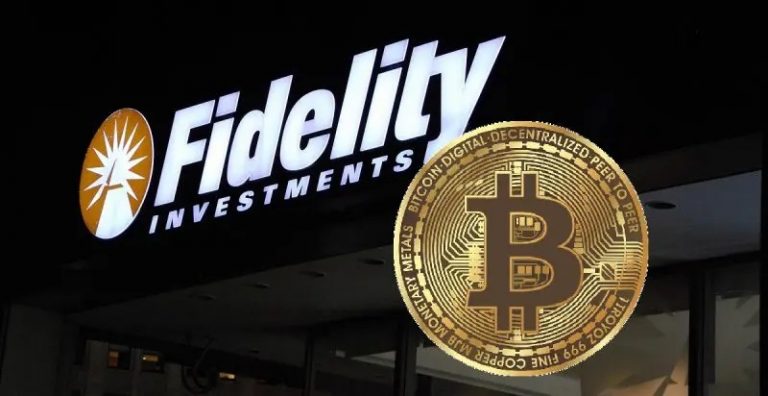
Fidelity Investments recently launched a new product called the “Fidelity Crypto IRA,” allowing U.S. investors to trade Bitcoin (BTC), Ethereum (ETH), and Litecoin (LTC) within a tax-advantaged retirement account. This offering, introduced on April 2, 2025, provides options for a Roth IRA, Traditional IRA, or Rollover IRA, with no fees for account opening, maintenance, or crypto custody. However, a 1% spread is applied to buy and sell transactions. The service is available to U.S. citizens aged 18 and older in states where Fidelity Digital Assets operates, and it requires a linked Fidelity brokerage IRA for funding. This move reflects growing mainstream interest in integrating cryptocurrencies into retirement planning.
The introduction of Fidelity’s Crypto IRA for trading Bitcoin, Ethereum, and Litecoin carries several significant implications for investors, the cryptocurrency market, and the broader financial landscape. By offering crypto trading within IRAs, Fidelity allows investors to potentially grow their retirement savings with digital assets while benefiting from tax advantages e.g., tax-deferred growth in Traditional IRAs or tax-free withdrawals in Roth IRAs. This could appeal to long-term investors betting on crypto’s appreciation. Mainstream investors who were hesitant to navigate crypto exchanges now have a familiar, regulated institution to enter the market, lowering the barrier to entry.
Adding crypto to an IRA provides another asset class for diversification, though it comes with high volatility and risk, which may not suit all retirement-focused investors. The 1% spread on trades could add up over time, especially for active traders, potentially eating into returns compared to direct crypto exchange trading with lower fees. Fidelity, a major financial institution managing over $11 trillion in assets, entering the crypto IRA space further legitimizes digital assets as a viable investment, potentially attracting more institutional and retail participation.
Register for Tekedia Mini-MBA edition 19 (Feb 9 – May 2, 2026): big discounts for early bird.
Tekedia AI in Business Masterclass opens registrations.
Join Tekedia Capital Syndicate and co-invest in great global startups.
Register for Tekedia AI Lab: From Technical Design to Deployment (next edition begins Jan 24 2026).
Increased adoption through retirement accounts could drive demand for Bitcoin, Ethereum, and Litecoin, potentially influencing their prices, especially if significant retirement funds flow into these assets. This move signals a shift toward integrating crypto into traditional financial products, suggesting the market is maturing beyond speculative trading into long-term investment vehicles. Fidelity’s offering may push other traditional financial giants e.g., Vanguard, Schwab to develop similar products, accelerating the convergence of legacy finance and crypto. As crypto enters regulated retirement accounts, regulators like the SEC and IRS might intensify oversight to protect investors, potentially leading to clearer guidelines or new restrictions.
This could spur further innovation in crypto-related financial products, such as ETFs, trusts, or hybrid accounts, blending traditional and digital assets. Younger investors, more comfortable with crypto, might see this as a way to shift retirement planning away from traditional stocks and bonds, altering generational wealth strategies. While it broadens access, it also exposes retirement savers to crypto’s volatility, which could lead to significant gains—or losses—affecting financial stability in later years.
Over time, widespread adoption of crypto in IRAs could influence monetary policy debates, especially as Bitcoin and Ethereum operate outside central bank control. Fidelity’s Crypto IRA bridges a gap between traditional finance and the crypto world, offering new opportunities while introducing risks and competitive shifts. It’s a step toward mainstreaming digital assets, but its long-term success will depend on market performance, investor behavior, and regulatory developments.


